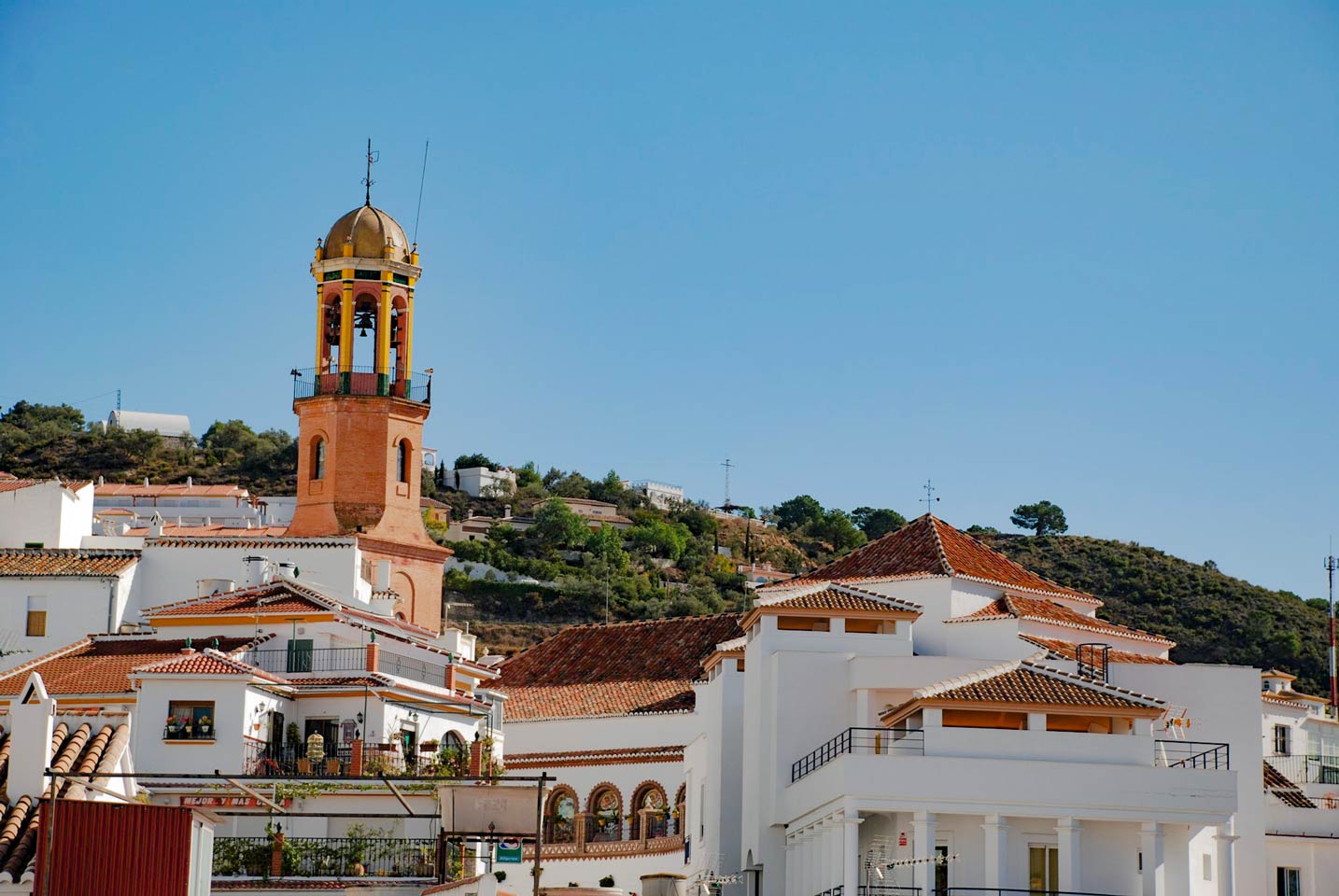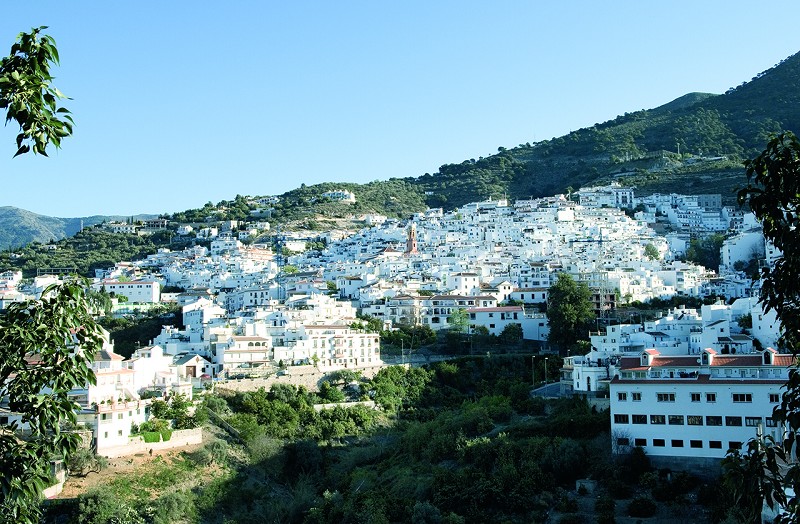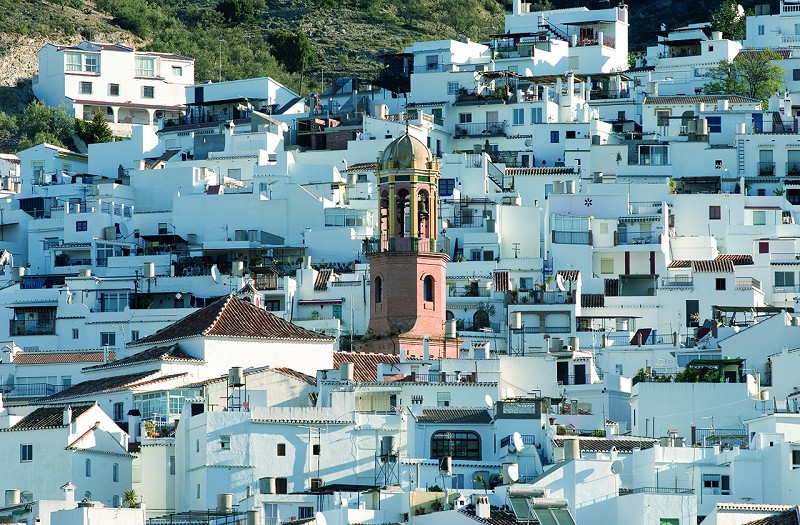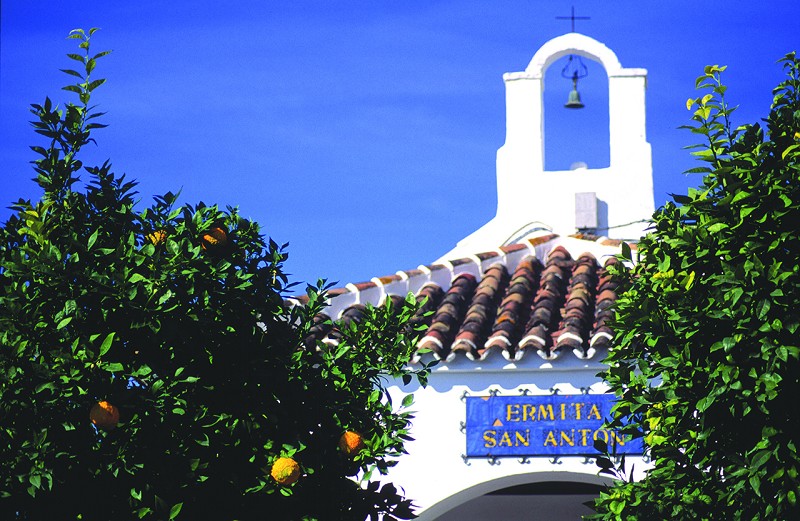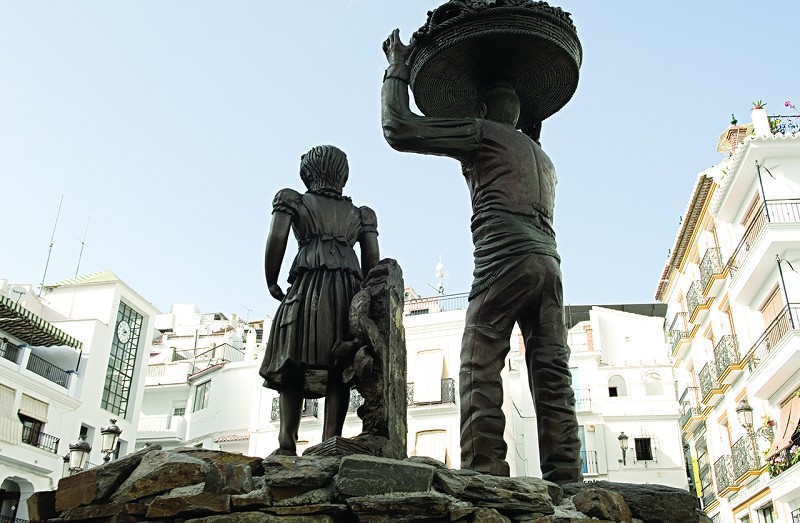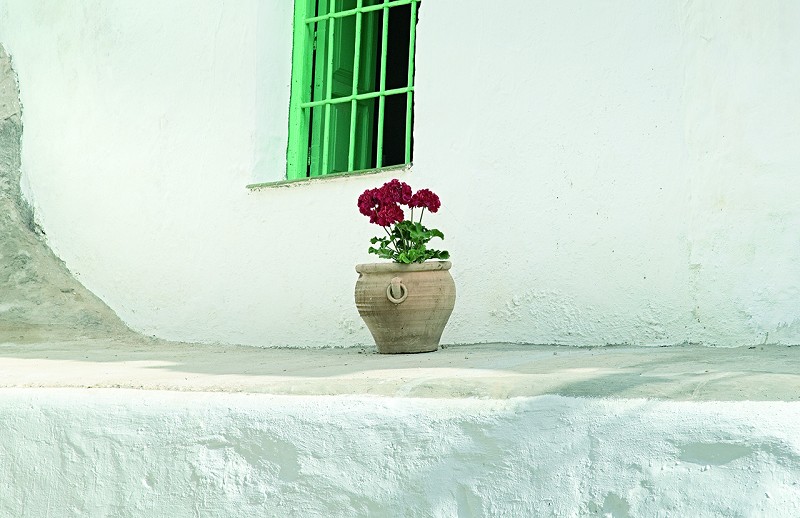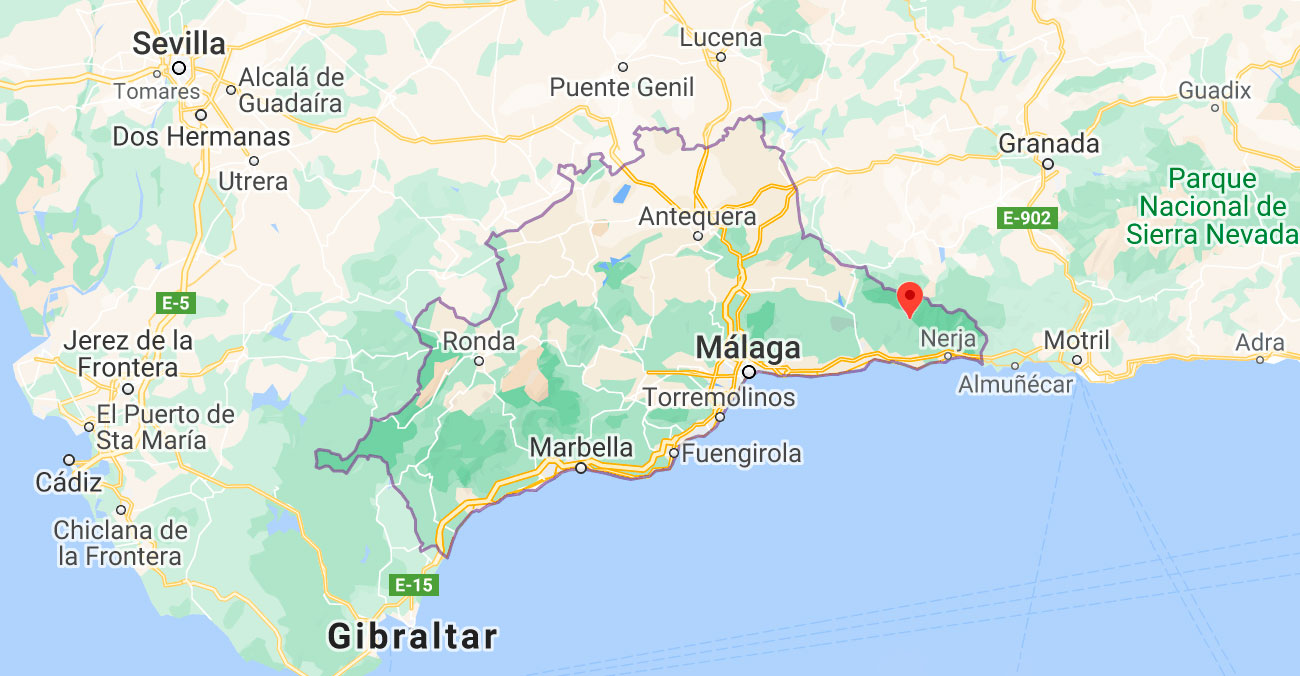History
A white town in the Axarquía with ancient customs, Cómpeta is nicknamed “Cornisa de la Costa del Sol” due to its privileged location. Its territory extends through the Sierras de Tejeda, Almijara and Alhama Natural Park, with its extraordinary landscape heritage.
Monuments
Another example of the religious art of the municipality is the hermitage of San Antón Abad Extramuros. It is an 18th century chapel with a careful altarpiece that houses one of the most popular carvings of Holy Week in Cómpeta: “la Borriquita”
Also worth a visit are the Museum of Popular Arts and Customs, housed in an old Civil Guard barracks from the 19th century, the Hadrian’s Mill Museum, the hanging houses, the winepress in the Plaza de la Vendimia and the wineries of this town of marked wine tradition.
